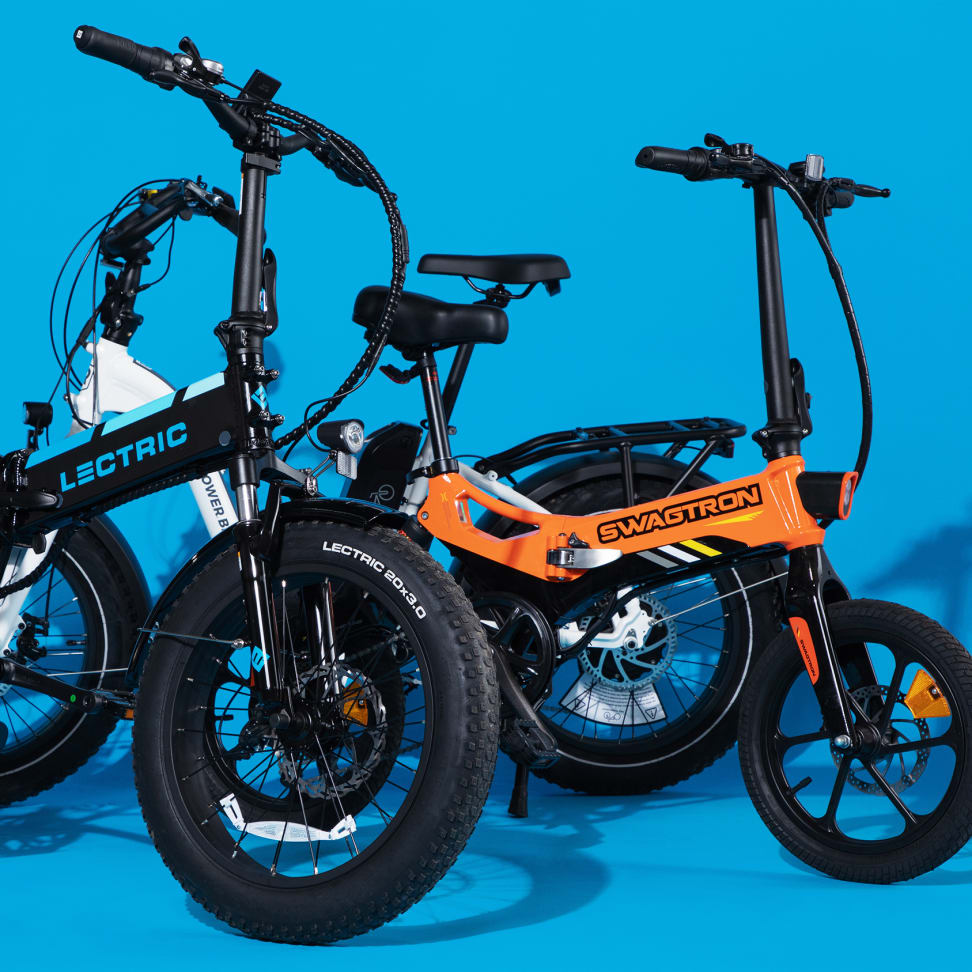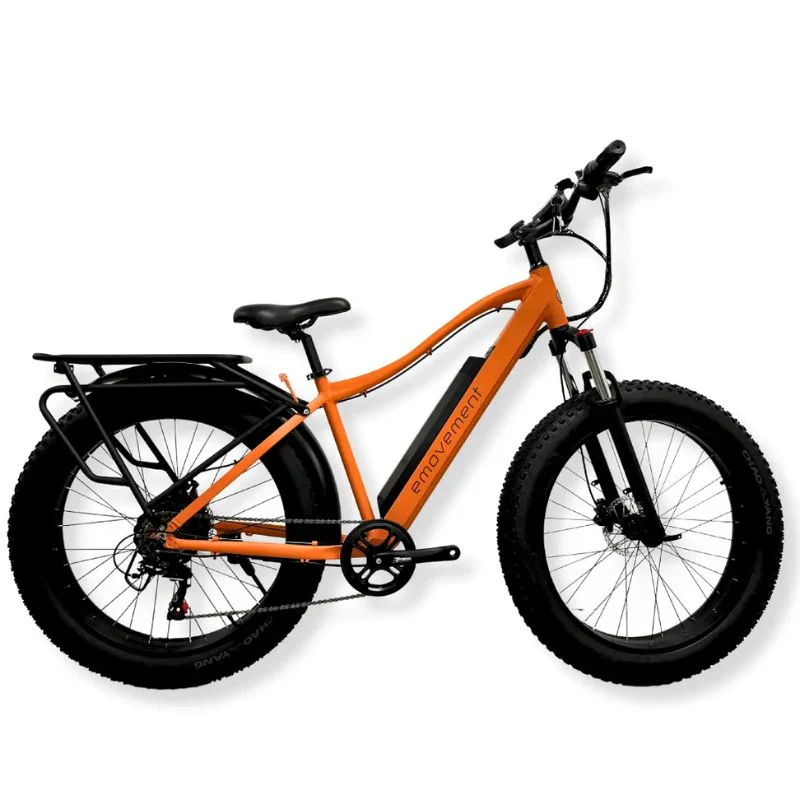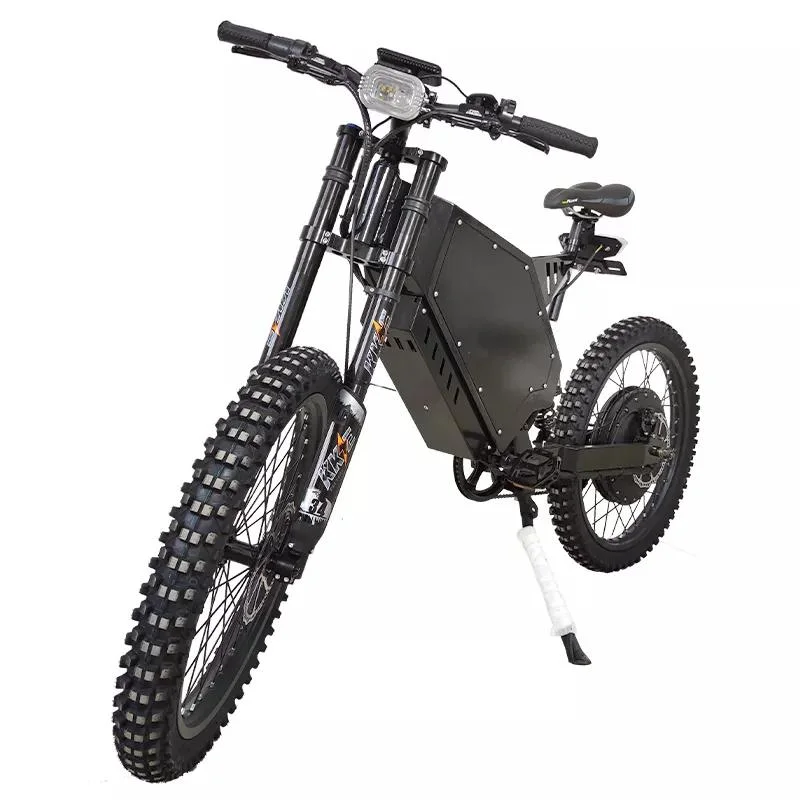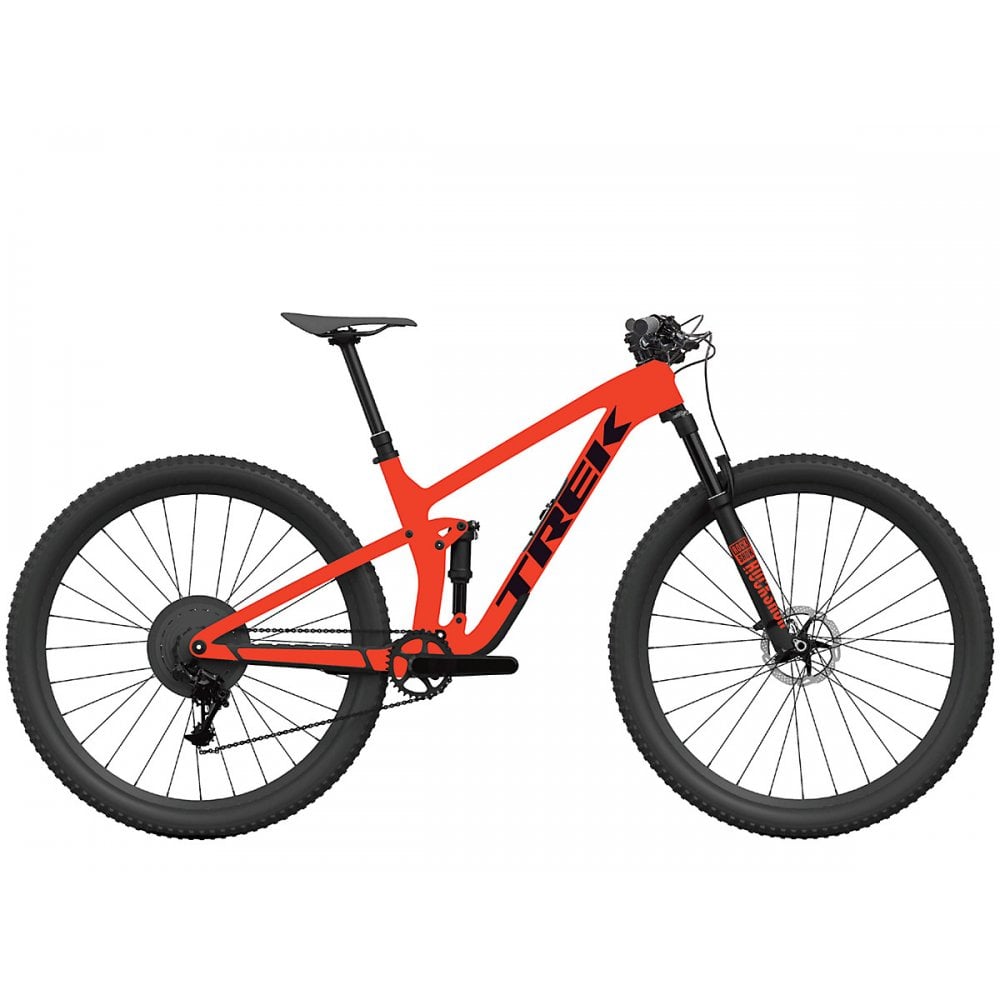I. Introduction to Bicycle Riding

A. The Joy of Cycling
How to ride a bicycle? Bicycle riding, often simply referred to as cycling, is a popular and enjoyable physical activity that can be both recreational and practical. The simple act of pedaling a bicycle can unlock a world of possibilities, allowing riders to explore new places, improve their fitness, and connect with the surrounding environment. Cycling offers a unique sense of freedom, promoting a healthier lifestyle while reducing environmental impact. Whether you are a beginner who is just starting out or someone looking to enhance their existing cycling skills, this comprehensive guide will provide essential insights and tips to help you embark on the journey of mastering bicycle riding.
II. Essential Equipment and Safety Measures
A. Choosing the Right Bike
Selecting the right bike is fundamental to the enjoyment and safety of your cycling experience. The key considerations when choosing a bike include:
- Bicycle Type: Determine the type of riding you plan to do – whether it’s road cycling, mountain biking, touring, commuting, or recreational cycling.
- Frame Size: Ensuring the bike frame is the correct size for your height and body proportions is crucial for comfort and efficiency while riding.
- Components: Pay attention to the bike’s components such as the gears, brakes, and suspension, ensuring they suit your intended riding style and needs.
By considering these factors and seeking guidance from bike experts or experienced cyclists, you can make an informed decision when selecting the right bike for your cycling adventures.
B. Helmet and Protective Gear
Prioritizing safety is paramount when embarking on bicycle riding. Wearing a properly fitting helmet is essential to protect your head in the event of a fall or collision. Look for a helmet that meets safety standards and is comfortable to wear for extended periods.
In addition to a helmet, consider investing in protective gear such as knee and elbow pads, reflective clothing for visibility, and gloves to cushion your hands and improve grip. These measures contribute to a safer and more secure cycling experience, offering peace of mind and protection while on the road or trails.
III. Basics of Bicycle Riding
A. Mounting and Dismounting
How to ride a bicycle? Mounting and dismounting a bicycle is one of the fundamental skills that every rider should master. Proper technique not only ensures a safe and efficient start to your ride but also minimizes the risk of accidents or injuries. Here are the key steps to effectively mount and dismount a bicycle:
- Mounting:
- Stand on the left side of the bike.
- Place your hands on the handlebars and hold the brakes.
- Swing your right leg over the saddle, simultaneously pushing the pedal down with your left foot to propel the bike forward.
- Sit on the saddle and position your feet on the pedals.
- Dismounting:
- Gradually reduce your speed, and once nearly stationary, shift your weight to one side of the saddle.
- Release the foot from the pedal at the top of its rotation.
- Bring your other foot down to the ground, using it as a support to stop the bike completely.
- Swing your leg off the saddle and step away from the bike, maintaining balance.
By mastering these mounting and dismounting techniques, you can confidently and seamlessly start and end your rides, ensuring a smooth and safe experience.

B. Balancing and Steering
Achieving and maintaining balance on a bicycle is essential for controlled and stable riding. Here are some tips for balancing and steering effectively:
- Riding Position:
- Keep a relaxed posture, avoiding stiffness in your arms and upper body.
- Look straight ahead and focus on where you want to go, not directly down at the front wheel.
- Steering Techniques:
- Use gentle and deliberate movements to steer the bike, making subtle adjustments as needed to maintain your intended direction.
- Practice leaning the bike into turns while counterbalancing your body weight to maintain stability.
By practicing these techniques and developing a keen sense of balance and steering, you can confidently navigate your bike and enjoy a smooth and controlled ride.
IV. Learning to Pedal and Brake
A. Pedaling Techniques
How to ride a bicycle? Efficient and effective pedaling is crucial for propulsion and control while riding a bike. Here are some pedaling techniques to help optimize your cycling experience:
- Cadence and Rhythm:
- Strive for a smooth and consistent pedaling rhythm, focusing on a cadence that feels comfortable and sustainable.
- Aim for a cadence of approximately 60-80 revolutions per minute (RPM), adjusting as needed based on terrain and riding conditions.
- Shifting Gears:
- Learn to anticipate changes in terrain and adjust your gears accordingly to maintain a comfortable pedaling cadence.
- Shift to a lower gear when facing inclines or headwinds, and shift to a higher gear when riding on flat or downhill stretches.
B. Braking Safely

Mastering safe and effective braking techniques is essential for maintaining control and ensuring your safety while riding a bicycle. Here are some key aspects of safe braking:
- Brake Control:
- Use both front and rear brakes together to achieve balanced and controlled braking.
- Apply smooth and gradual pressure to the brakes to prevent abrupt stops and skidding.
- Stopping Distance:
- Anticipate your stopping distance and begin braking in advance, especially when approaching intersections, curves, or obstacles.
- Understand the impact of speed and road conditions on braking distance, allowing for a margin of safety in your approach.
A. Riding on Flat Surfaces
When riding on flat surfaces, it’s important to maintain a steady and consistent pace. Keep your eyes on the road ahead and be aware of your surroundings. Always ride in a straight line and avoid sudden movements or swerving. This will help you maintain control of your bike and avoid accidents.
Additionally, make sure your bike is in good working condition before riding on flat surfaces. Check your tire pressure, brakes, and gears to ensure they are functioning properly. Proper maintenance will make your ride smoother and safer.
B. Handling Inclines and Curves
Inclines and curves can present challenges for cyclists, but with the right techniques, you can navigate them with ease. When approaching an incline, shift into a lower gear to make pedaling easier. Use a smooth and steady pedal stroke to maintain momentum as you climb.
When approaching a curve, slow down and lean your body and bike in the direction of the turn. Keep your inside pedal up and your outside pedal down to maintain balance and control. Look ahead and anticipate the curve to adjust your speed and trajectory accordingly.
C. Tackling Various Obstacles
As a cyclist, you may encounter various obstacles on your ride, such as potholes, railroad tracks, and debris on the road. It’s crucial to approach these obstacles with caution to avoid accidents.
When approaching a pothole or debris, scan the road ahead and anticipate the best path to navigate around it. If it’s safe to do so, signal to indicate your intention to move around the obstacle and then proceed with caution.
Railroad tracks can be particularly challenging for cyclists. Approach them at a 90-degree angle to minimize the risk of getting your wheel stuck in the tracks. Cross the tracks with a smooth and consistent pedal stroke to maintain stability.
By prioritizing the selection of the appropriate bike and essential safety gear, you set the foundation for a fulfilling and secure cycling journey. In the subsequent sections, we will delve into the basics of bicycle riding, including an exploration of mounting, balancing, steering, pedaling, and braking techniques. Stay tuned as we uncover the core fundamentals of bicycle riding, empowering you to embark on a rewarding and enjoyable cycling adventure.
